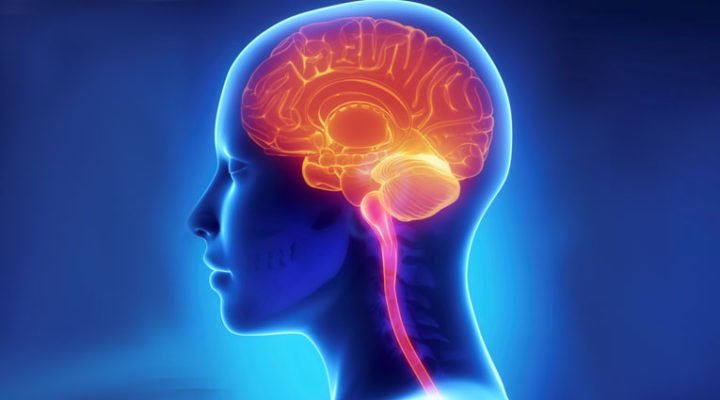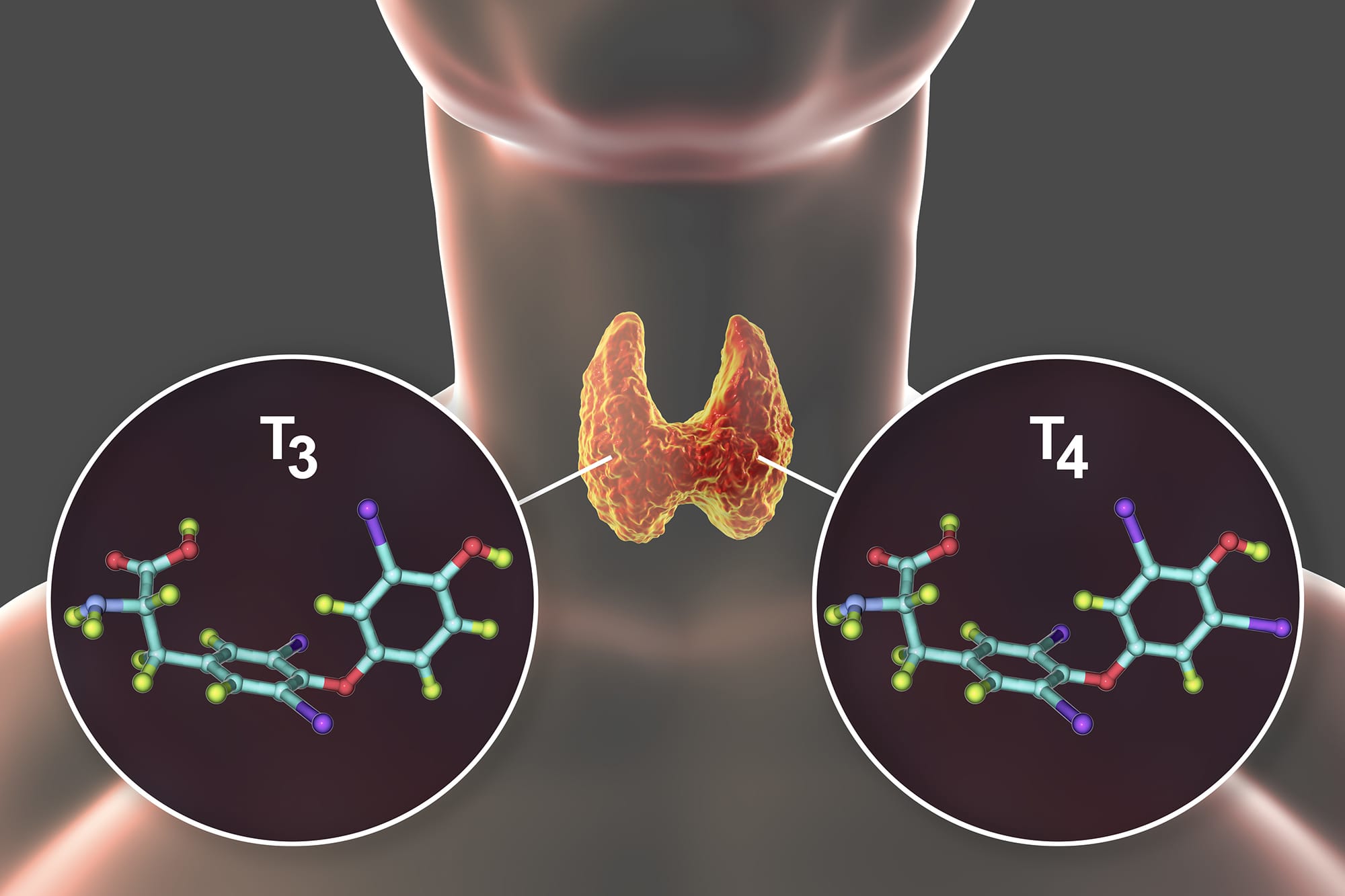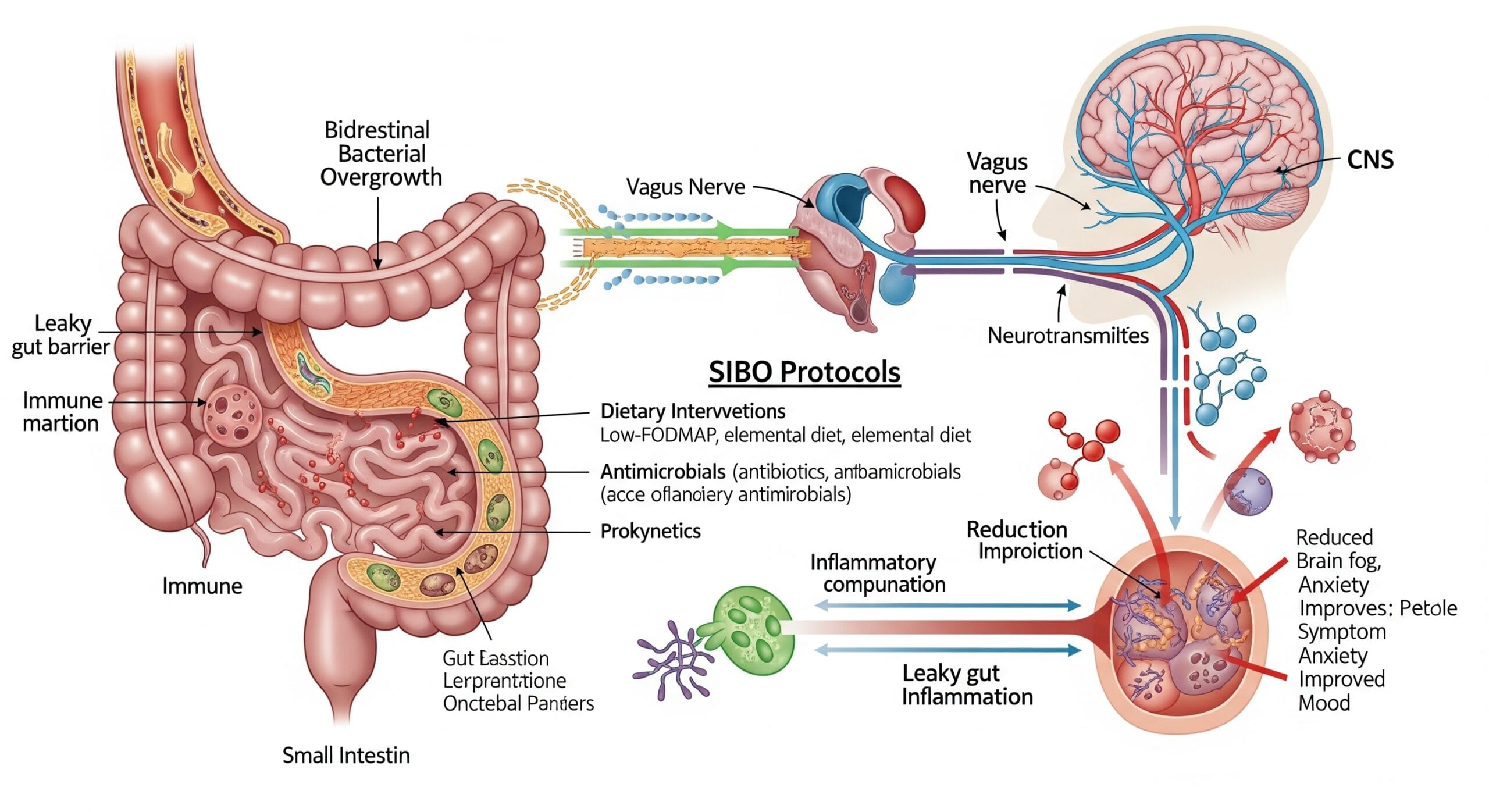High homocysteine – it can affect your brain, your heart and your pregnancy.
Hyperhomocysteinemia, the condition of having high homocysteine in the blood, causes numerous health issues within the body. This article will cover health and pregnancy-related aspects of high homocysteine. If you do not know what homocysteine is or want to know more about homocysteine before reading this article check out “What’s All The Fuss About Homocysteine?”
High homocysteine levels cause hyperhomocysteinemia — a condition that results in fertility issues, mental health disorders, and cardiovascular problems. Since individual genes are responsible for metabolizing homocysteine, people with MTHFR mutations and mutations in genes involved in vitamin B and folate metabolism are at risk of developing high homocysteine levels.
High homocysteine can be treated with a combination of nutrients like folate, B12, B6 and trimethylglycine. It’s important to work with a practitioner because levels can drop quickly and the formula may need to be changed frequently to avoid homocysteine levels dropping too low.
Homocysteine and Cardiovascular Disease
High homocysteine concentrations increase one’s risk for cardiovascular disease. Arteries harden and narrow due to hyperhomocysteinemia, ultimately resulting in cardiovascular disease – which occur in coronary, cerebral and peripheral blood vessels. People with a familial history of, or current, cardiovascular disease should get tested frequently and seek medical advice.
Homocysteine and Mental Illness
According to studies, the nervous system can be severely harmed by high levels of homocysteine in the body. Homocysteine functions to maintain blood vessels, is a vital intermediate molecule in the creation of primary methyl donors. High levels of homocysteine results in numerous biochemical imbalances in the body, and in the brain, which causes irreparable damage to our bodies and mental health.
A study has shown that patients with depression also had hyperhomocysteinemia, metabolic disorders involving folate metabolism, and neurotransmitter metabolic issues. It proved that 20-30% of patients suffering from hyperhomocysteinemia and depression showed more severe symptoms. It is therefore evident that hyperhomocysteinemia does not affect everyone in the same manner. A specific supplementation program is essential to determine whether your hyperhomocysteinemia is affected by depression. However, depression is not the only condition related to mental health that could show exacerbated symptoms due to high levels of homocysteine. Homocysteine levels are known to increase as we age. Dementia and Alzheimer’s are also potential resultant effects from such increased cellular concentrations.
Homocysteine and Pregnancy
Homocysteine levels during pregnancy are relatively inconsistent as they continuously fluctuate. However, high amounts of homocysteine during pregnancy can result in adverse outcomes to both mother and child. Additionally, some people may experience changes due to insufficient vitamin cofactors or have impaired functionality of methionine synthase.
Methionine is an enzyme which converts homocysteine to methionine. This process is called transsulfuration or remethylation. When transsulfuration is not working or inactive, it can lead to myelin deficiency during pregnancy (Mills, 1995). Myelin is a fatty material, white in appearance which forms a sheath around the neurons within the central nervous system. The purpose of myelin is to increase the speed of neural transmission and is crucial for the proper function of the nervous system. Multiple Sclerosis (MS), is an autoimmune disease that attacks and destroys the myelin surrounding neurons. This damage can lead to a wide variety of symptoms associated with MS that include:
- cognitive impairment
- depression
- dizziness
- optic neuritis
- pain
- fatigue
- tinnitus
- muscle weakness
- numbness/tingling
- tremors
- twitching
Neural tube defects or NTD’s, which are birth defects of the brain, spine or spinal cord, can arise when there is not enough myelin production in a fast-growing fetus during pregnancy. The most significant development of myelination occurs during the third trimester of fetal development and progresses rapidly during the first few years of a child’s life. Environmental input supportive of myelination during pregnancy does not only help prevent neural tube defects but also helps to develop a functional and healthy nervous system for your child to inherit.
Pre-eclampsia
When there is too much homocysteine in the blood it can cause damage to the vascular system, which in turn may lead to increases in blood pressure, vascular abnormalities in the mother and fetus, and ultimately preeclampsia. Although the cause of preeclampsia remains largely unknown., it appears to be caused by oxidative stress during pregnancy from high levels of homocysteine.
Research surrounding preeclampsia and homocysteine shows evidence supporting the harmful role hyperhomocysteinemia plays in the development of preeclampsia. A study done by Dekker et al., 1995, found that 2% of pregnant women have pregnancies that develop pre-eclampsia, and 17.7% of these women have hyperhomocysteinemia. A follow-up study done by Leeda et al., in 1998, confirmed the finding of Dekker and his team – showing the association between preeclampsia and hyperhomocysteinemia.
Placental Abruption
Placental abruption (Abruptio placentae) occurs when the placental lining detaches from the uterus (after week 20 and before birth), causing internal bleeding. Depending on the severity, the mother and the fetus could face death or serious injury. Placental abruptions occur, on average, 1 in 200 pregnancies and are a major contributor to maternal deaths around the world.
In a study done by Goddijin-Wessel et al., in 1996 found 31% of pregnant patients who have placental abruptions have hyperhomocysteinemia after a methionine loading test, compared to 9% of the control group. Methionine loading tests provide insight into how efficiently the body is utilizing homocysteine. This study concluded that higher levels of homocysteine result in higher chances of having placental abruptions.
Another study was done by Vries et al., in 1998 found that 26% of people with placental abruptions without preeclampsia had hyperhomocysteinemia 3 months after their pregnancy. This study concluded that having a placental abruption or preeclampsia during pregnancy can be an indicator of hyperhomocysteinemia. In such a case, you should get your homocysteine levels checked if you experience these complications during pregnancy.
Thromboembolic Events
Hyperhomocysteinemia is a subcategory of a broader set of congenital conditions called thrombophilias. Thrombophilias occur when the body has an abnormal tendency of blood to clot. This results in higher chances of thromboembolic events occurring, namely, heart attacks, strokes and pulmonary embolisms. Unfortunately, hyperhomocysteinemia is more likely to cause thromboembolic events in women compared to men. Women are 3.8 times more likely to have a thromboembolic event compared to men having a 1.8 times higher chance.
Pregnancy itself is a risk factor for thromboembolic events, further increasing the risk in addition to hyperhomocysteinemia. With the right precautions, the risk of having a thromboembolic event during pregnancy can be mitigated. Pregnancy and hyperhomocysteinemia are not the only risk factors for thromboembolic events. All factors should be taken into consideration while developing a plan to decrease or prevent chances of thromboembolic events before, during and after pregnancy.
Fetal Death in Utero
The conditions leading to fetal death are complex and come from many sources. Often a combination of embryonic processes go wrong, many of which are outlined in this article. Preventing fetal death requires a multifaceted approach which can be overwhelming if taken on alone. If you are worried, had previous issues, or are at risk, then reach out for professional support who will conduct proper examinations through regular check-ups and give advice during every step of your pregnancy.
Intrauterine Growth Retardation (IUGR)
Only a few studies have been done around the world into IUGR and hyperhomocysteinemia. The results of these studies obtained are somewhat contradictory. Researchers hypothesize that hyperhomocysteinemia increases the likelihood of IUGR and their studies both support and reject their hypothesis. More research is needed to clear up the contradictory scientific evidence gathered so far. It is too soon to jump to any conclusions about the relationship between hyperhomocysteinemia and IUGR and larger prospective studies are needed in this field.
Recurrent Pregnancy Loss
The main hypothesis surrounding homocysteine and recurrent pregnancy loss is that high levels of homocysteine interfere with the implementation of the embryo into the endometrial wall of the uterus. This interference occurs due to premature damage to the capillaries that supply the endometrial uterine wall. The capillaries are less functional due to excessive amounts of homocysteine being present, making them unable to support the new embryo and leading to miscarriages. In animal models, using rats and chickens, homocysteine levels higher than 15 ɥmol/l cause 75% of pregnancies to abort due to developmental abnormalities.
There are significant links between recurrent pregnancy loss and hyperhomocysteinemia, 14% of women who have primary repeated miscarriages have hyperhomocysteinemia and 33% of women who have secondary repeated miscarriages have hyperhomocysteinemia. If you have had miscarriages in the past, or are worried about having miscarriages in the future, make sure to get your cellular homocysteine concentrations to the correct levels.
Take Aways
There is overwhelming scientific evidence suggesting high homocysteine (hyperhomocysteinemia) increases fertility complications, cardiovascular disease and mental health issues. The most pressing and immediate concerns of hyperhomocysteinemia are its effects on pregnancy. If you are considering pregnancy, make sure you check homocysteine levels before, during and after pregancy, especially if you have the MTHFR gene mutation as this increases the risk of having high homocysteine levels. Creating a strategy with a trained professional is an even better idea because pregnancy is an extremely complicated process with a lot of moving parts. Ensuring you have professional support during pregnancy is in you and your child’s best interest. High homocysteine levels are not the only problem, you could be experiencing health problems from low homocysteine levels.
References
(1) Aubard, Y., Darodes, N., & Cantaloube, M. (2000). Hyperhomocysteinemia and pregnancy—review of our present understanding and therapeutic implications. European Journal of Obstetrics & Gynecology and Reproductive Biology, 93(2), 157-165.
(2) Dekker, G. A., De Vries, J. I. P., Doelitzsch, P. M., Huijgens, P. C., Von Blomberg, B. M. E., Jakobs, C., & Van Geijn, H. P. (1995). Underlying disorders associated with severe early-onset preeclampsia. American journal of obstetrics and gynecology, 173(4), 1042-1048.
(3) Den Heijer, M., Koster, T., Blom, H. J., Bos, G. M., Briët, E., Reitsma, P. H., … & Rosendaal, F. R. (1996). Hyperhomocysteinemia as a risk factor for deep-vein thrombosis. New England Journal of Medicine, 334(12), 759-762.
(4) Goddijn-Wessel, T. A., Wouters, M. G., vd Molen, E. F., Spuijbroek, M. D., Steegers-Theunissen, R. P., Blom, H. J., … & Eskes, T. K. (1996). Hyperhomocysteinemia: a risk factor for placental abruption or infarction. European Journal of Obstetrics & Gynecology and Reproductive Biology, 66(1), 23-29.
(5) Hague, W. M. (2003). Homocysteine and pregnancy. Best practice & research Clinical obstetrics & gynaecology, 17(3), 459-469.
(6) Leeda, M., Riyazi, N., de Vries, J. I., Jakobs, C., van Geijn, H. P., & Dekker, G. A. (1998). Effects of folic acid and vitamin B 6 supplementation on women with hyperhomocysteinemia and a history of preeclampsia or fetal growth restriction. American journal of obstetrics and gynecology, 179(1), 135-139.
(7) Mills, J. L., Lee, Y. J., Conley, M. R., Kirke, P. N., McPartlin, J. M., Weir, D. G., & Scott, J. M. (1995). Homocysteine metabolism in pregnancies complicated by neural-tube defects. The Lancet, 345(8943), 149-151.
(8) Refsum, MD, H., Ueland, MD, P. M., Nygård, MD, O., & Vollset, MD, Dr. PH, S. E. (1998). Homocysteine and cardiovascular disease. Annual review of medicine, 49(1), 31-62.
(9) Reynolds, E. H. (2002). Folic acid, ageing, depression, and dementia. British Medical Journal, 324(7352), 1512.
(10)Rosenquist, T. H., Ratashak, S. A., & Selhub, J. (1996). Homocysteine induces congenital defects of the heart and neural tube: effect of folic acid. Proceedings of the National Academy of Sciences, 93(26), 15227-15232.
(11)Vanaerts, L. A., Blom, H. J., Deabreu, R. A., Trijbels, F. J., Eskes, T. K., Peereboom‐Stegeman, J. H., & Noordhoek, J. (1994). Prevention of neural tube defects by and toxicity of L‐homocysteine in cultured postimplantation rat embryos. Teratology, 50(5), 348-360.
(12)Vries, J. D., Dekker, G. A., Huijgensb, P. C., Jakobs, C., Blomberg, B. M. E., & Geijn, H. V. (1997). Hyperhomocysteinaemia and protein S deficiency in complicated pregnancies. BJOG: An International Journal of Obstetrics & Gynaecology, 104(11), 1248-1254.
(13)Wouters, M. G., Boers, G. H., Blom, H. J., Trijbels, F. J., Thomas, C. M., Borm, G. F., … & Eskes, T. K. (1993). Hyperhomocysteinemia: a risk factor in women with unexplained recurrent early pregnancy loss. Fertility and sterility, 60(5), 820-825.








